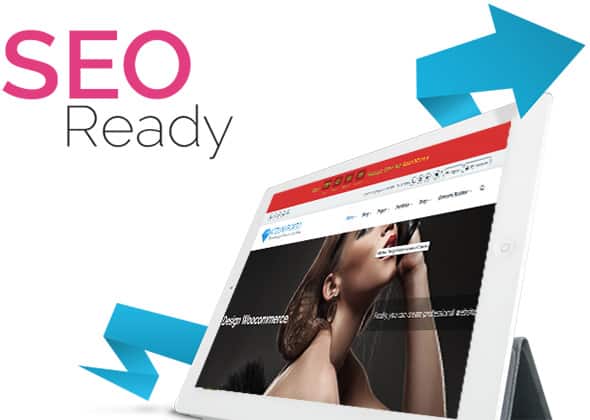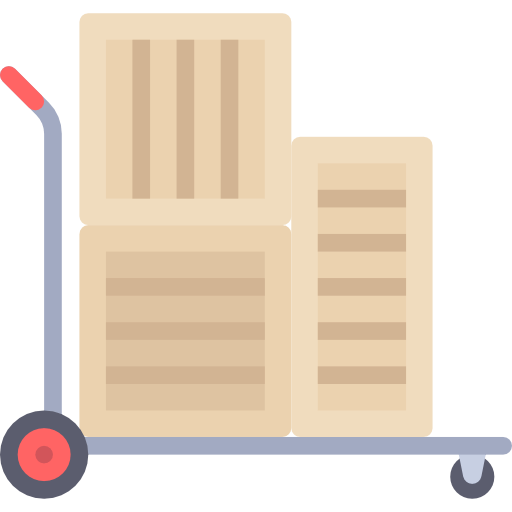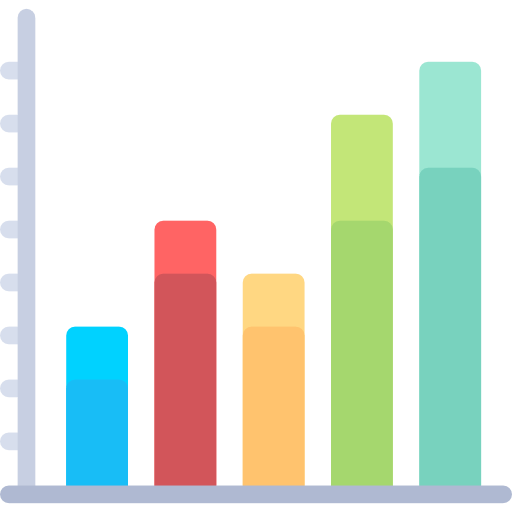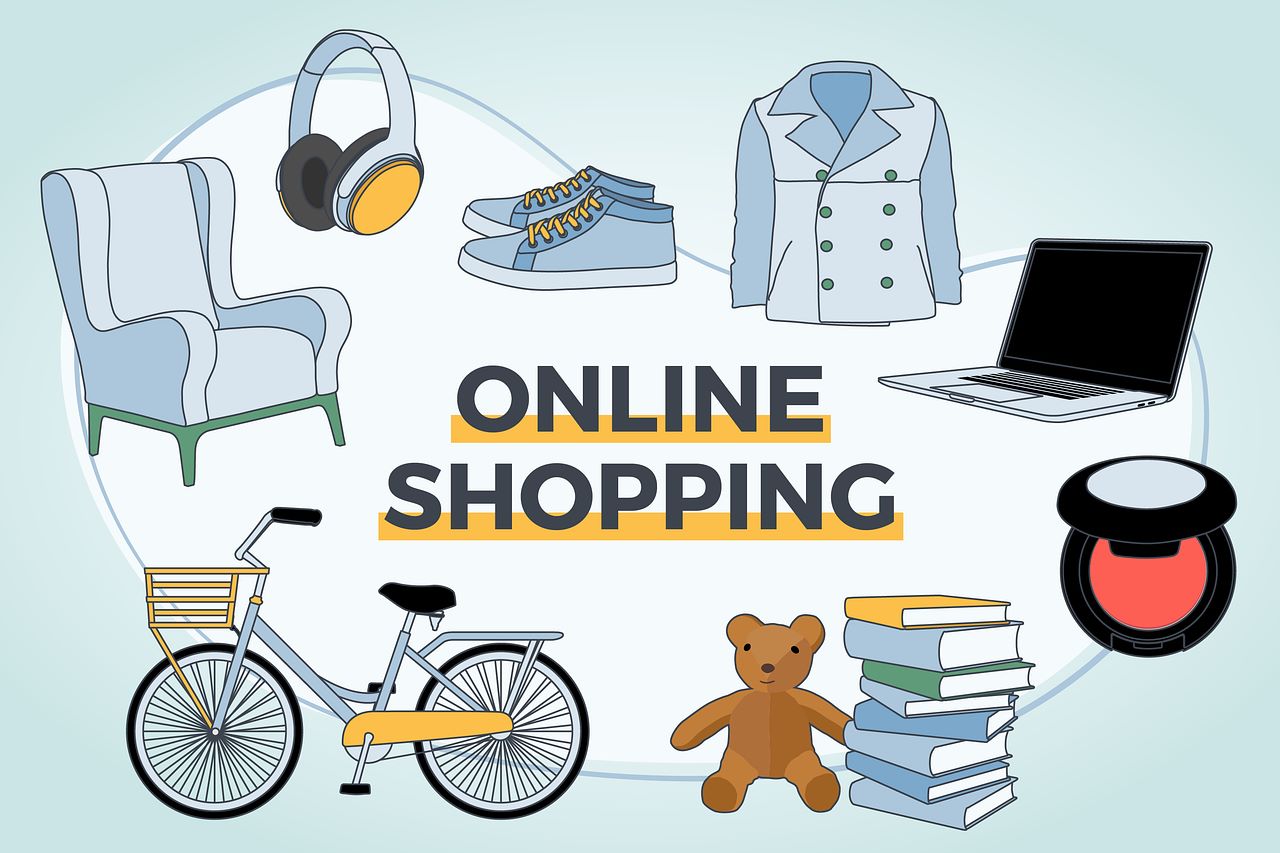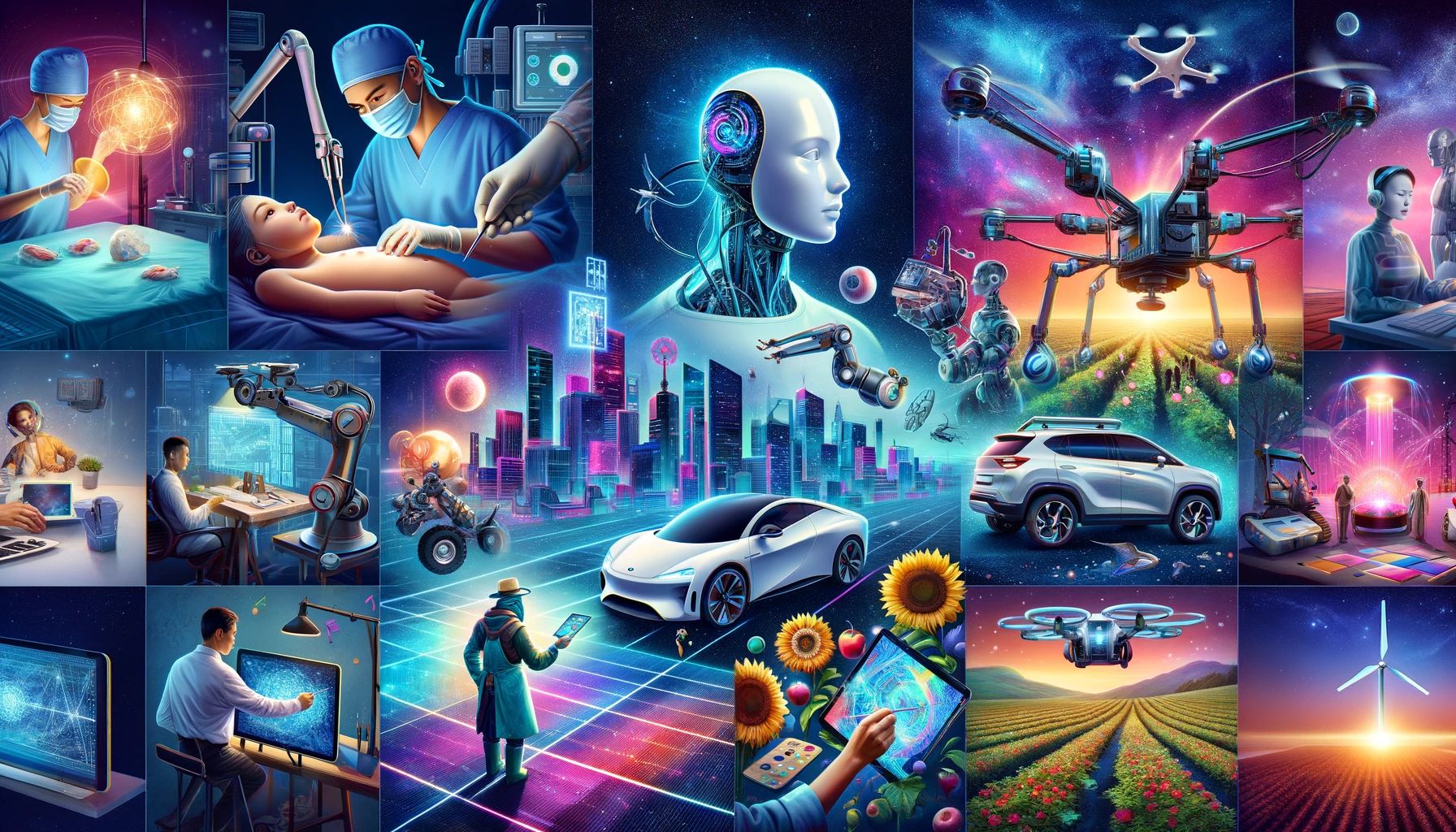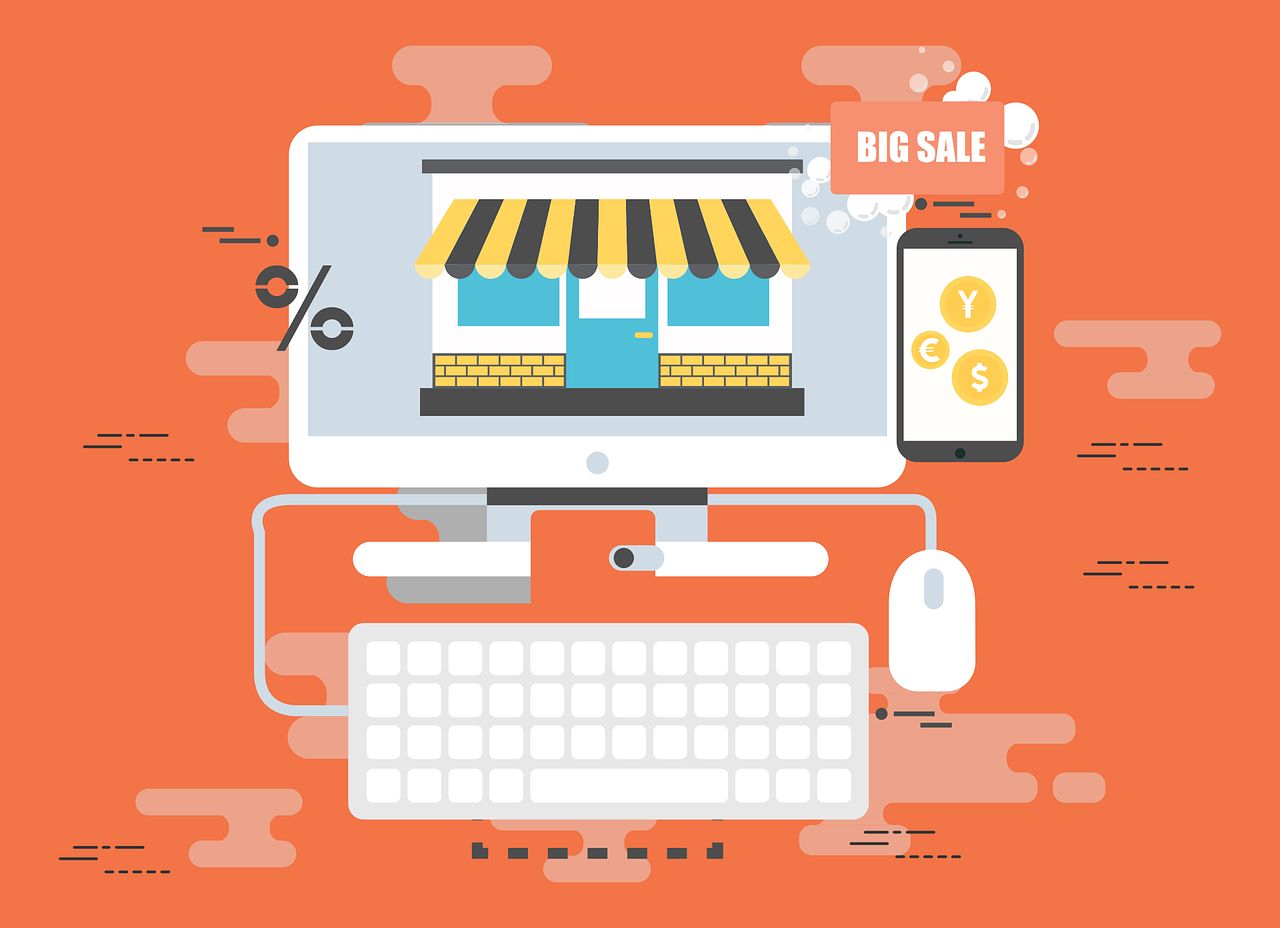Influencer Marketing
Influencer marketing is like hiring the cool kid in high school to tell everyone your brand is awesome – except instead of high school, it’s Instagram, and instead of popularity, you’re after sales.
Influencer Marketing: Before AI
Oh, the pre-AI days of influencer marketing, when finding the right influencer felt like trying to find a needle in a haystack – except the haystack was the entire internet, and the needle was constantly posting selfies with smoothies.
First, there was the dreaded search phase. You’d spend hours scouring Instagram, YouTube, and TikTok profiles, trying to find someone who aligned with your brand.
“Okay, this person has 50,000 followers, but are they real followers? Or is this another case of Bob the Bot Army?”
You’d deep dive into their posts, analyzing every caption and comment like a detective in a crime drama.
“Are these engagement rates legit, or is this just their mom liking every post?”
Once you found someone who seemed perfect, it was time for the awkward outreach.
You’d slide into their DMs (or worse, send a cold email) with a carefully crafted pitch. “Hi there! We think you’d be a great fit for our brand. Would you like free products in exchange for a post?
Please don’t ghost us.” And then you’d wait. And wait. And wait. “Did they see it? Should I follow up? How many emojis are too many emojis in a follow-up?”
If they said yes, the partnership negotiation began.
“So, we’ll send you one of our eco-friendly water bottles, and you’ll post on Instagram, TikTok, and maybe do a dance in your Stories?”
Meanwhile, they’d reply, “Sure, but my rate is $5,000 per post.” Cue your marketing budget spontaneously combusting.
And let’s not forget the tracking phase.
Once the post went live, you’d obsessively refresh your website analytics, trying to figure out if the partnership actually drove sales.
“Okay, we got 500 clicks, but only 2 purchases. Was it the caption? The timing? Did people not like the dance?”
Influencer marketing back then was a mix of manual labor, blind faith, and the occasional existential crisis.
Influencer Marketing: After AI
Enter the AI-powered era, where influencer marketing isn’t about guesswork – it’s about precision.
AI tools take the stress out of finding influencers, managing campaigns, and tracking results.
It’s like upgrading from a map and compass to a GPS that says, “Turn right here for your next viral campaign.”
Let’s start with finding influencers. AI platforms like Upfluence or Heepsy analyze millions of profiles to match you with influencers who align with your brand.
Want someone in the fitness niche with 50,000 followers, a 5% engagement rate, and a love of avocado toast?
They’ll find them faster than you can say, “Hashtag sponsored.”
Once you’ve found your perfect match, AI tools like Aspire or Traackr streamline outreach and communication.
They’ll even automate contracts, payments, and deliverables, so you’re not stuck in an endless email chain debating how many hashtags are “too many.”
For campaign management, tools like CreatorIQ or HypeAuditor help you track your partnerships in real time.
You’ll see exactly which influencers are driving clicks, sales, and engagement – no more refreshing your analytics page 400 times a day.
Speaking of analytics, AI tools like Influencity or Analisa.io provide deep insights into influencer performance.
They’ll tell you which posts are resonating with audiences, which hashtags are working, and even whether the influencer’s followers are real humans or a small army of bots named Kevin.
And let’s talk about micro-influencers.
AI tools like NeoReach or Post For Rent help you scale your campaigns by connecting you with dozens (or hundreds) of smaller influencers who have loyal, engaged audiences.
It’s like recruiting an army of mini-brand ambassadors to spread the word far and wide.
With AI, influencer marketing isn’t just easier – it’s smarter, faster, and way more effective.
You’ll find the right influencers, build stronger partnerships, and drive better results – all without breaking a sweat (or your budget).
How to Teach Yourself About AI-Enhanced Influencer Marketing
Ready to master the art of influencer marketing? Here’s how to get started with AI tools that’ll make you feel like a modern-day marketing wizard.
Start with influencer discovery. Use Upfluence or Heepsy to find influencers who match your brand’s niche and values.
Next, streamline your outreach. Tools like Aspire or Traackr make it easy to connect with influencers and manage partnerships.
For campaign tracking, check out CreatorIQ or HypeAuditor. They’ll help you measure performance and optimize your strategy.
Analyze your results with Influencity or Analisa.io. You’ll get insights into what’s working and what’s not.
Finally, scale your campaigns with NeoReach or Post For Rent. They’ll connect you with micro-influencers to amplify your reach.
Your 5 Step AI Knowledge Quest Action Plan
- Find Influencers Fast: Use Upfluence or Heepsy to discover influencers who align with your brand.
- Streamline Partnerships: Let Aspire handle contracts, payments, and communication.
- Track Campaigns in Real Time: Use CreatorIQ or HypeAuditor to monitor performance and ROI.
- Analyze the Data: Dive into follower demographics and engagement metrics with io.
- Scale with Micro-Influencers: Partner with niche audiences using NeoReach or Post For Rent.
5 Creative AI Influencer Marketing Tips
- Vet Their Followers: Use HypeAuditor to check if an influencer’s audience is legit or just a bot farm with suspicious usernames like “@RealHuman1234.”
- Get Hyper-Personalized: Use Persado to craft outreach messages that feel personal and tailored, not copy-pasted spam.
- Leverage User-Generated Content: Ask influencers to create content you can repurpose for your ads, website, or social media. Tools like TINT can help you curate and display this content beautifully.
- Test Creative Ideas: Use AI tools like Canva to collaborate with influencers on eye-catching visuals that align with your brand.
- Optimize Post Timing: AI tools like Later can schedule influencer posts for peak engagement times to maximize visibility.









